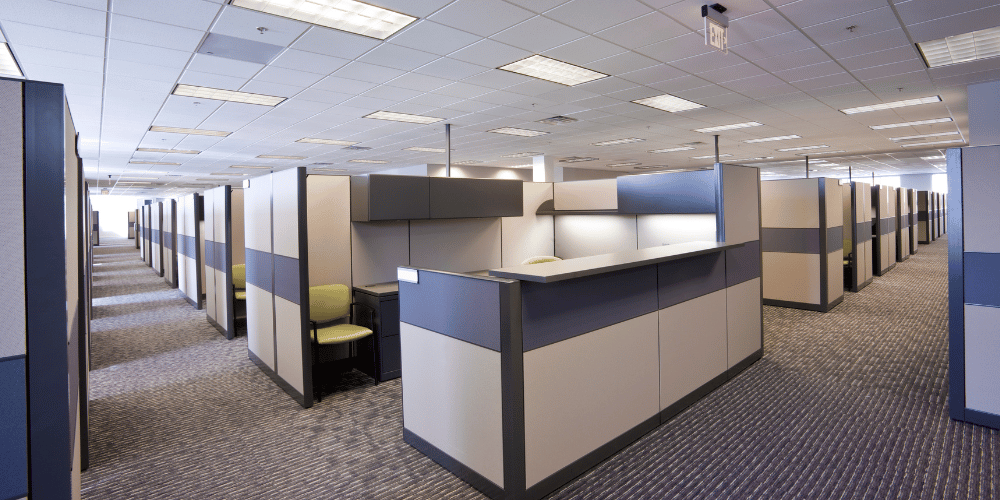
As businesses return to regular work premises, many are reevaluating their physical spaces. Whether you’re upgrading your current facility or transitioning to a smaller space, these changes often come with tax implications that savvy businesses can leverage to reduce expenses. Professional business tax services play a crucial role in helping organizations maximize tax benefits while staying compliant with regulations.
Below, we explore seven key tax breaks related to business building expenditures, all of which underscore the value of having an experienced tax advisor by your side.
1. Maximizing MACRS Deductions
Under the Modified Accelerated Cost Recovery System (MACRS), businesses can depreciate the cost of buildings and other property over time. Typically, a commercial building is written off over 39 years, while personal property, depending on its useful life, may be depreciated over much shorter periods — often five or seven years.
By commissioning a cost segregation study, businesses can identify certain building components, such as electrical or plumbing systems, that qualify as personal property. These components can then be depreciated more quickly, generating larger tax savings earlier. A cost segregation study is a strategic move that highlights the importance of working with professionals who specialize in business tax services to ensure accuracy and compliance.
2. Leveraging Energy-Efficiency Tax Incentives
With the Inflation Reduction Act (IRA), energy-efficient upgrades to commercial buildings offer significant tax-saving opportunities:
- Energy-Efficient Building Deduction: Section 179D provides deductions for energy-efficient improvements such as HVAC systems and lighting. At up to $5.65 per square foot, this deduction can result in substantial savings.
- Energy Investment Tax Credit: Covering renewable energy systems like solar panels or geothermal heat pumps, this credit equals 30% of installation costs.
Navigating these incentives requires careful attention to IRS requirements, making expert business tax services indispensable.
3. Disabled Access Credit for Small Businesses
The Disabled Access Credit (DAC) offers small businesses up to $5,000 in annual tax relief for ADA-compliant improvements. Qualifying expenses might include installing ramps, modifying restrooms, or providing equipment for visually or hearing-impaired individuals.
Combined with the architectural barrier removal deduction (discussed below), these credits ensure businesses can enhance accessibility while reaping financial benefits.
4. Architectural Barrier Removal Deduction
Businesses of any size can deduct up to $15,000 annually for expenses related to removing barriers for individuals with disabilities or the elderly. Costs exceeding $15,000 can be capitalized and depreciated under MACRS. Examples of qualifying improvements include:
- Creating wheelchair-accessible parking spaces and walkways.
- Installing ADA-compliant restrooms, water fountains, and telephones.
- Adding signage with accessibility symbols.
When paired with the DAC, businesses can claim significant savings while demonstrating a commitment to inclusivity.
5. Signage and Advertising Expenses
Marketing expenses, including signage, are generally tax-deductible. Storefront signs, freestanding advertisements, and promotional banners can all qualify for current deductions.
However, attached signage, such as door plaques, often falls under MACRS guidelines and is depreciated over 39 years. Similarly, digital or ground-mounted signs may be considered capital improvements with a 15-year write-off period. Professional business tax services can help determine which rules apply to your signage, ensuring compliance and optimized deductions.
6. Deducting Minor Repairs vs. Capital Improvements
The distinction between repairs and capital improvements is critical. Minor repairs, such as fixing a leaky faucet, are deductible as ordinary expenses. Conversely, major upgrades, such as installing a new roof, must be capitalized and depreciated over time.
For smaller repairs, businesses can benefit from a safe harbor rule: costs under $2,500 per item (or $5,000 with CPA-approved financial statements) can be immediately deducted.
However, repairs conducted alongside significant renovations may be reclassified as part of the larger capital improvement. Partnering with experienced business tax services ensures that these classifications are made correctly, reducing the risk of audits or penalties.
7. Landscaping and Lighting: Deduct or Depreciate?
Expenditures on landscaping and lighting often fall into two categories:
- Capital Improvements: Projects like installing security lighting or redesigning landscapes to boost curb appeal typically qualify as capital improvements and are depreciated over 15 years.
- Routine Maintenance: Activities such as lawn mowing and seasonal planting are generally deductible as ordinary expenses.
Knowing the difference can significantly impact your tax liability. Relying on professional business tax services ensures these expenses are categorized correctly and that you maximize allowable deductions.
The Value of Business Tax Services
Navigating the complexities of tax law is no small task, particularly when it comes to business building expenditures. From leveraging MACRS deductions to taking advantage of energy efficiency credits, the opportunities for savings are abundant but require careful planning and precise execution.
At Burton McCumber & Longoria, we specialize in business tax services that help businesses of all sizes optimize their tax strategies. Our team of experts is here to guide you through every step, ensuring compliance while maximizing your savings.
Whether you’re upgrading your current facility, investing in energy-efficient systems, or making your premises more accessible, we provide personalized solutions tailored to your business’s unique needs.
Contact Us Today
Take the first step toward smarter tax strategies with Burton McCumber & Longoria. Contact us to learn how our business tax services can help you achieve your financial goals and stay ahead of tax obligations.
Recent Comments